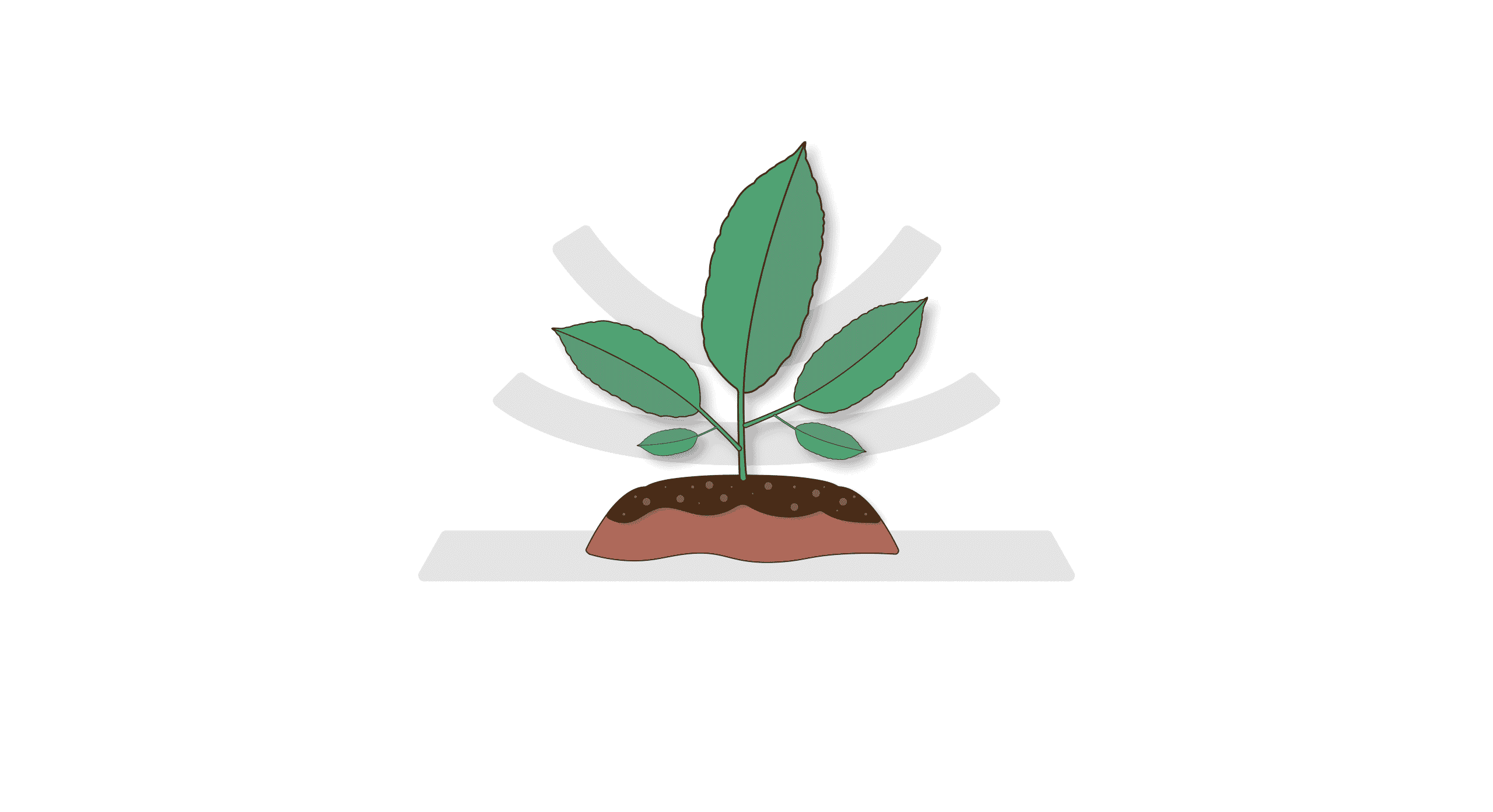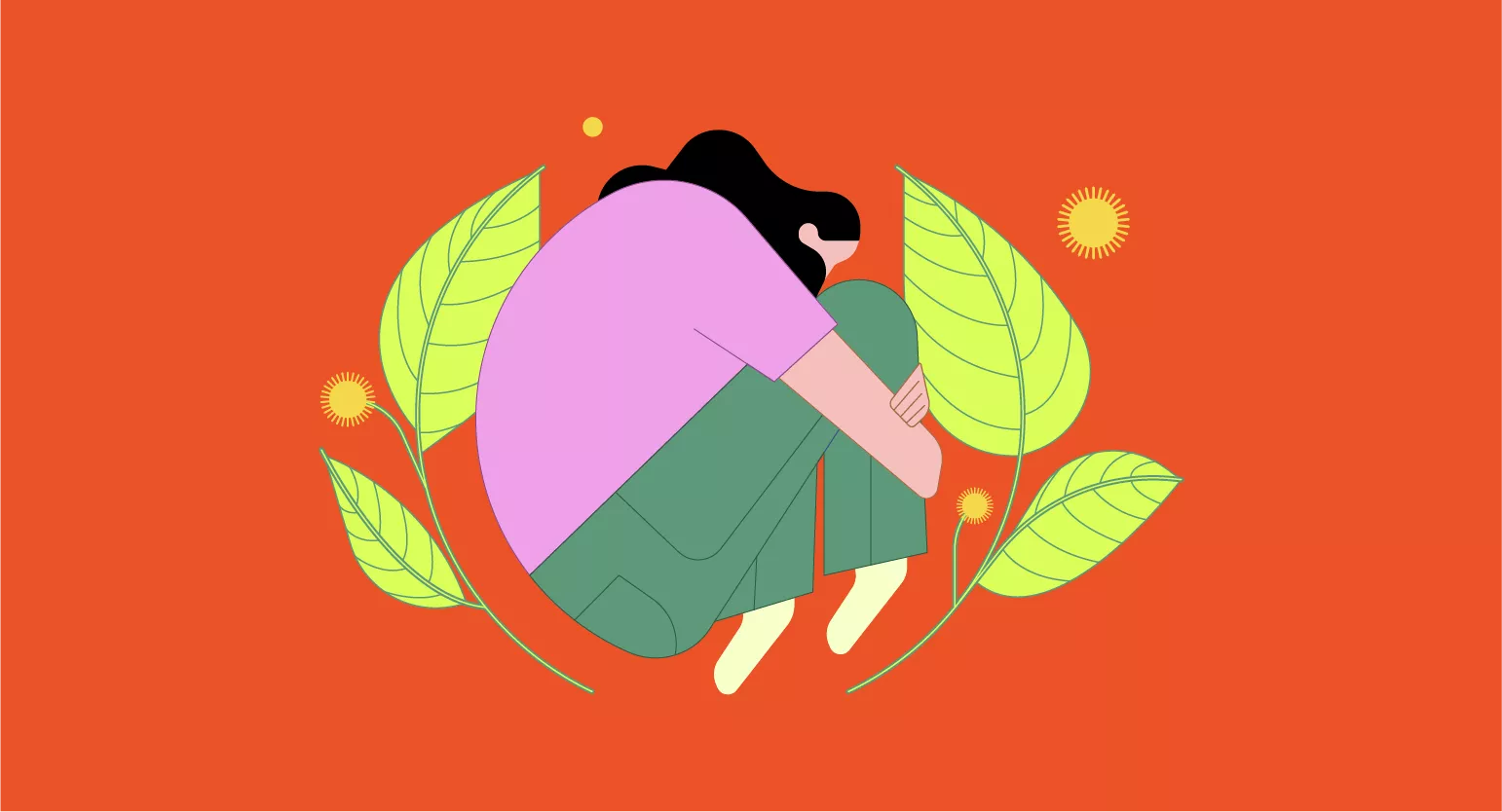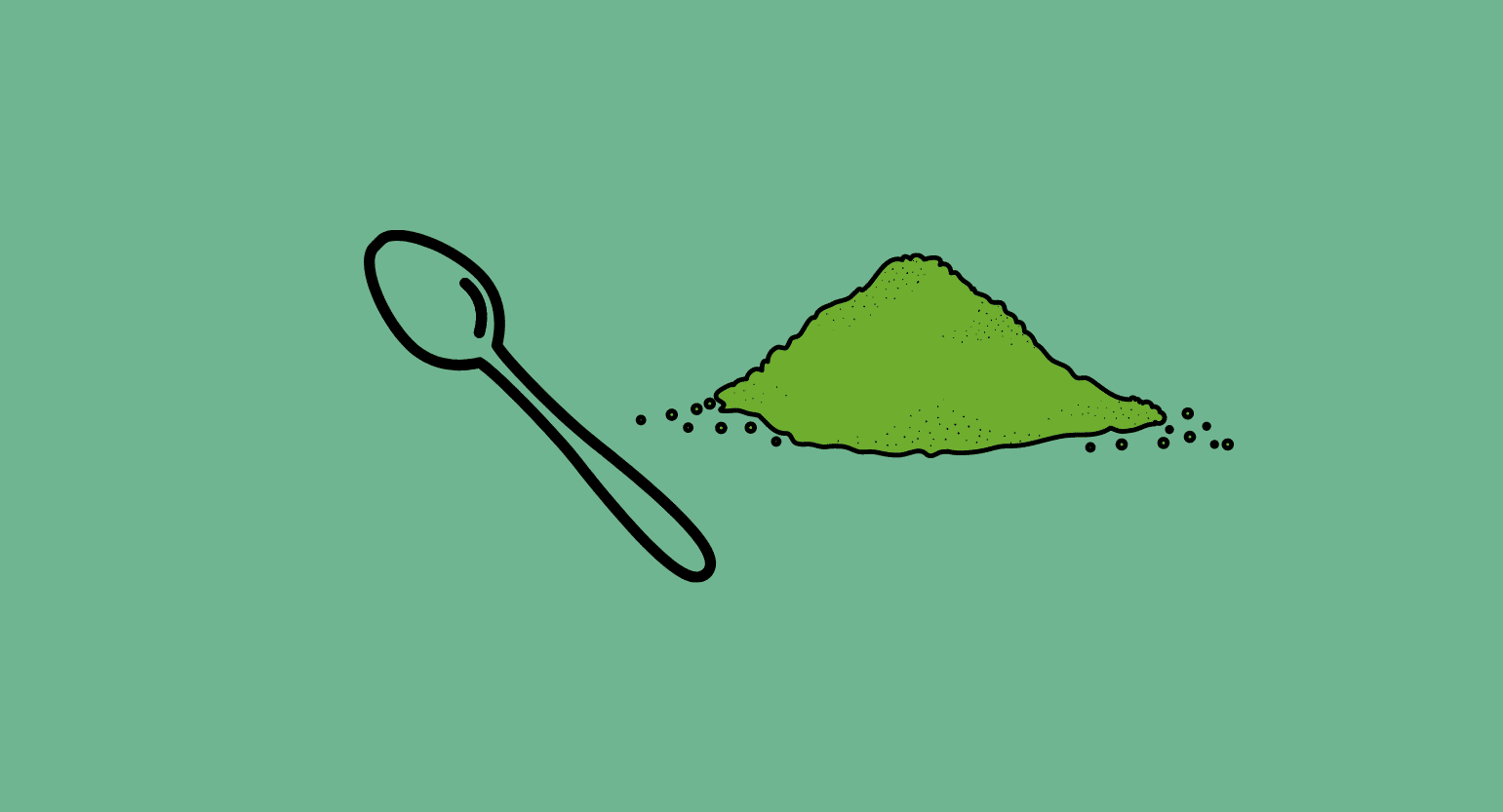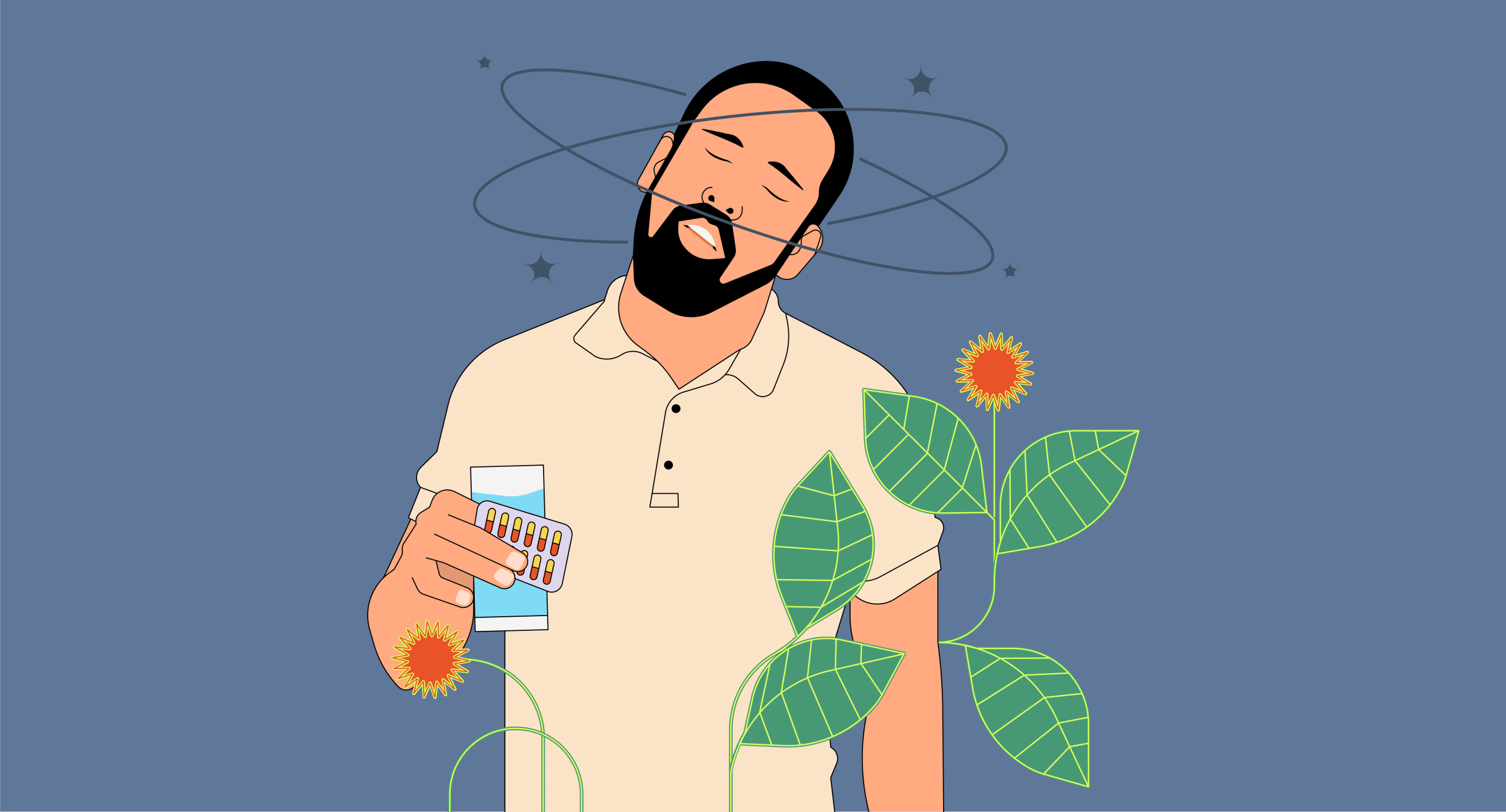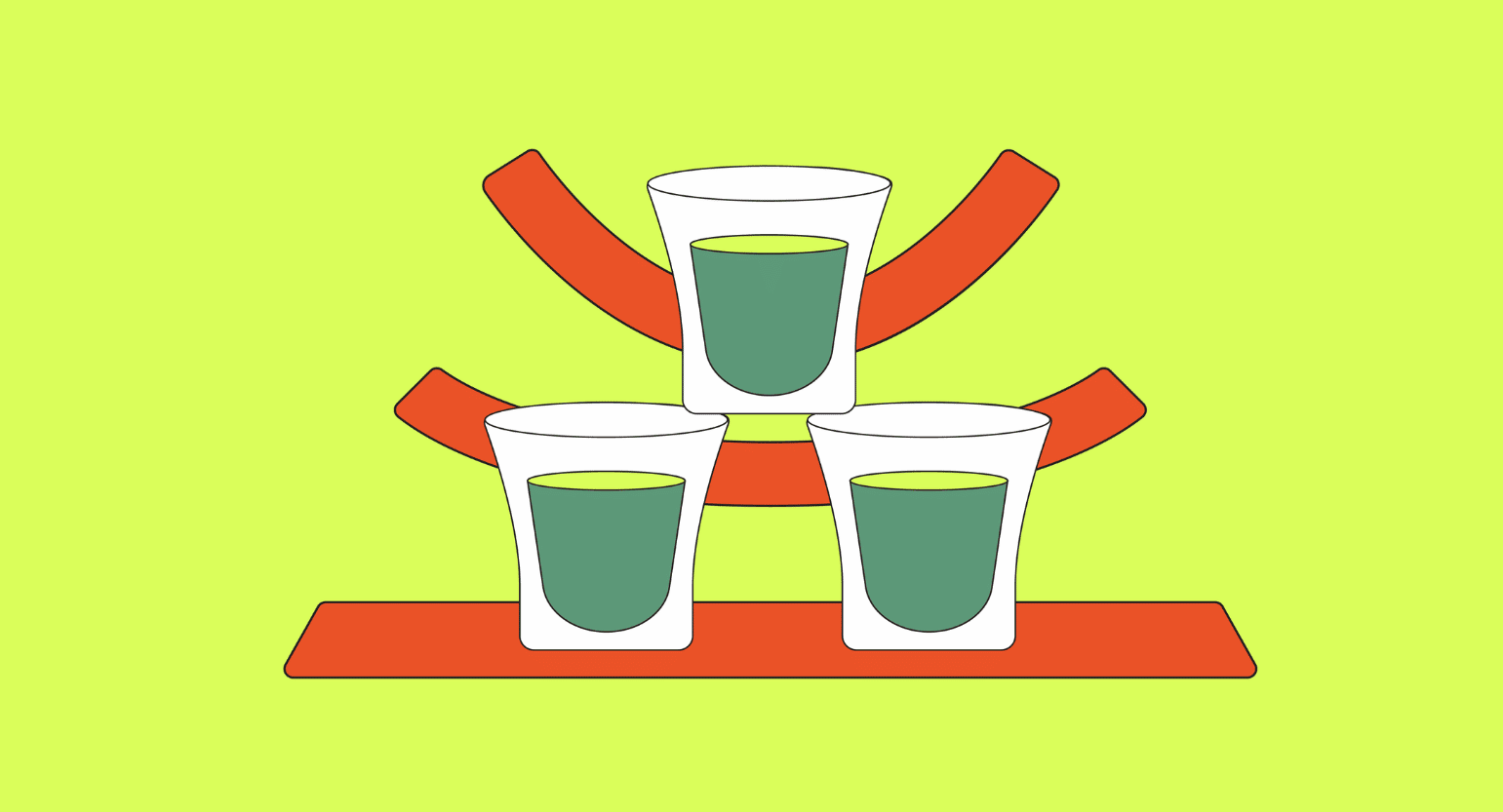Kratoms Ideal Growing Conditions
The key to being successful when growing kratom is to understand the ideal conditions this plant thrives under in its natural environment. Next, do what you can to match these conditions as much as possible.
| Variable | Ideal Conditions |
| Temperature | 20ºC–30ºC (68°F – 86 °F) |
| Soil | Nutrient-dense, with humus |
| Soil pH | 5.5 – 6.5 |
| Light | Full to partial sun (artificial lighting works great) |
Temperature
(Hot: between 20 and 30º C)
Like other plants that grow in these regions, kratom has adapted to seasonal weather: very high temperatures in the warm season and lots of rain in the wet season.
Kratom (Mytragina speciosa) prefers to grow in lush tropical environments like the jungles of Indonesia and Bali. The humidity in these regions often approaches 100%, and the ambient temperatures rarely drop below 20ºC.
Soil Nutrients
(Nutrient & mineral-dense soils)
Kratom also thrives in mineral-rich volcanic soil available in these parts of the world. Naturally, the soil is full of humus. This is a soil additive you can buy at any gardening center to enrich your soil.
Soil should also be able to retain lots of moisture without getting bogged up. You’ll need to have an ample drainage system that allows the excess moisture to drain without all getting sucked out. Too much moisture will lead to bugs and fungi.
Soil pH
(5.5 – 6.5)
The soil in the kratom jungles is quite fertile, with a pH balance that usually falls between 5.5 and 6.5. You’ll have to get a soil testing kit to make sure that you meet this range.
Light Exposure
(Full to partial sun)
Kratom generally prefers strong light throughout the day. Keep in mind this plant grows in jungles, which are often sheltered from light by the canopy above. As kratom grows, it reaches for this light and serves to block the light from other plants below it.
Kratom will grow much faster in full sun but can also survive in lower-light environments.
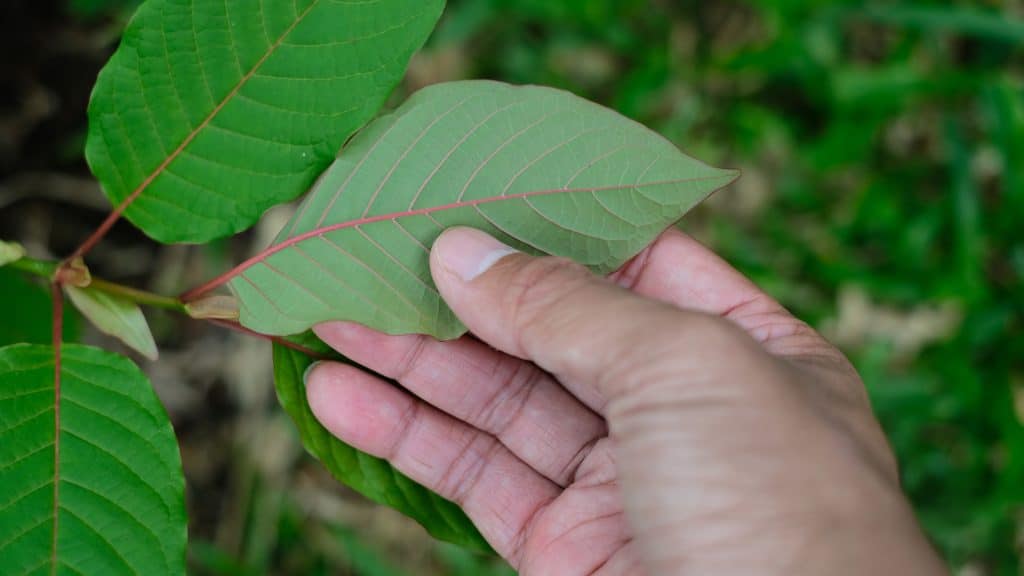
Is It Possible to Grow Kratom At Home?
Yes, you can grow anything anywhere, but the level of support and climate control necessary to grow kratom will depend on where you live.
If you live in the United States or Europe, there’s going to be a substantial difference in the climate zones compared to Southeast Asia.
However, most people interested in growing kratom are asking whether or not it can be grown without expensive equipment and constant maintenance. Growing kratom in your backyard is going to be a lot different than growing kratom in a greenhouse.
That said, a fair number of companies have succeeded in growing kratom in the United States. In some states with a warmer climate (such as Florida or Louisiana), it’s possible to grow kratom outside. However, even in the southern states, weather conditions are quite different from those in Asian jungles. The United States is quite arid in its southern regions. Kratom growers will have to make sure they can provide their plants with a lot of water and ambient humidity.
People interested in growing kratom further north will probably have to rely on greenhouses in order for this to work.
Will Kratom Trees Grow Inside A House?
Technically, yes, but they aren’t going to thrive unless you essentially live in a sauna. The ambient humidity of the average household in America is around 40–50%, and the temperature is usually kept to a cool 20ºC.
Kratom thrives in places with closer to 80–100% humidity and upwards of 30ºC.
With that said, kratom trees will grow indoors if you keep them in a part of the house that gets a fair amount of sun and isn’t directly next to an air conditioner, fan, or door that’s going to expose it to cool temperatures.
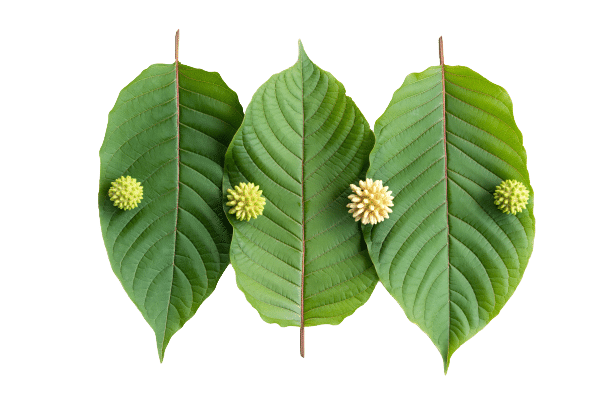
How to Grow Kratom: From Start to Finish
You can attempt to grow kratom in a few different ways, but don’t be surprised if your efforts don’t work well at first. The success rate is relatively slow whether your kratom is started from seeds or cuttings.
Like any plant, kratom thrives under certain conditions. Learning how to recreate these conditions is the best way to grow happy, healthy kratom plants.
One recommendation for growing kratom is to grow it in a large plant pot. This way, you’ll be able to leave it outside during the hot summer months and bring it inside during winter.
Propagating Kratom Seeds
Kratom is notorious for being quite challenging to propagate, so you’ll need to make sure you find a good-quality source for kratom seeds to begin with.
One way to grow kratom is from seed. I’ll be frank and say that growing kratom from seeds is a lot harder than it is from cuttings. Neither would be called ‘easy,’ but growing from seed presents additional challenges.
One of the biggest issues about growing kratom from seed is the fact that the seeds have to be planted fresh.
Unlike many garden vegetable and flower seeds that can be planted years after they’re harvested, you need to get your kratom seeds in the ground within a few days of them being harvested.
Given that most kratom is found on the other side of the world, it can be a challenging (or costly) venture to ensure that you get your seeds here before they become ineffective. Some North American vendors sell seeds, but they’re most likely not fresh.
If you do manage to secure fresh seeds, the success rate still isn’t going to be great. It’s recommended to plant at least five of them to ensure that at least one will sprout.
Vegetative Cycle
Good job if you’ve managed to get your kratom seeds to take root successfully.
Now, you’ll have to make sure that you can regulate the environment. Make sure that the rooted seedlings are receiving enough light and water. Ensure that the other conditions are made to be ideal so that the seedling can grow strong.
It’s a good idea to keep your young plants in a greenhouse under artificial lighting for at least six months after they’ve sprouted. Young plants are especially vulnerable to changes in temperature and humidity.
Keeping your plants under synthetic greenhouse conditions until it builds up some strength will go a long way in ensuring success long term.
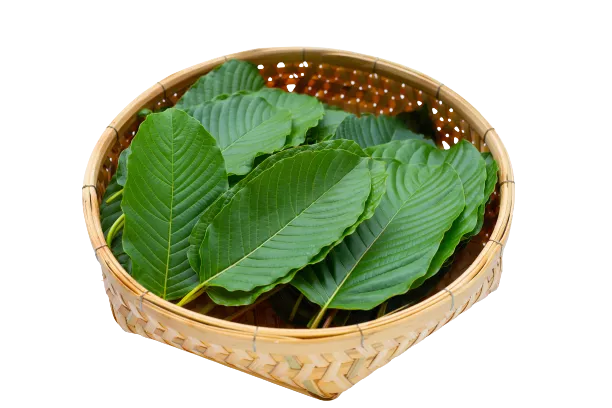
Growing Kratom From Seedlings or Cuttings
One way to save yourself a ton of hassle is to buy kratom seedlings or cuttings. Cuttings are taken from established trees; seedlings are those which have already taken root.
Choosing either of these methods will save you a great deal of time. If you purchase a kratom plant that’s already taken root, then your chances of having it successfully mature are much higher.
That said, growing cuttings is not necessarily easier. Cuttings are notorious for falling victim to diseases and fungus. Some of them refuse to take root.
The best way to get a cutting to grow successfully is to put it into a moistened container that you’ve filled with your growing medium. Then, seal the container with a plastic bag to trap humidity.
Keep it away from direct sunlight until the roots begin forming, occasionally opening the bag so the plant can gradually adjust to a lower humidity level. Once it’s begun to form roots, you can take the bag off and show it some real sunlight.
How Long Does It Take to Grow Kratom?
Whether you’re planting kratom from seed or purchasing cuttings, chances are you’re going to have to wait quite a while before you’re able to harvest.
In order to start pulling leaves off the tree without causing harm, it needs to be relatively large. It can take about 3 or 4 years before the tree gets to a size that’s suitable for harvesting. You’ll need to be patient.
Plants can grow up to 20 feet in the first four years. You can trim your plant if it’s getting too large, and of course, you can use the leaves you trim in the process.
Suggested Reading: How Kratom Can Help With Global Warming.
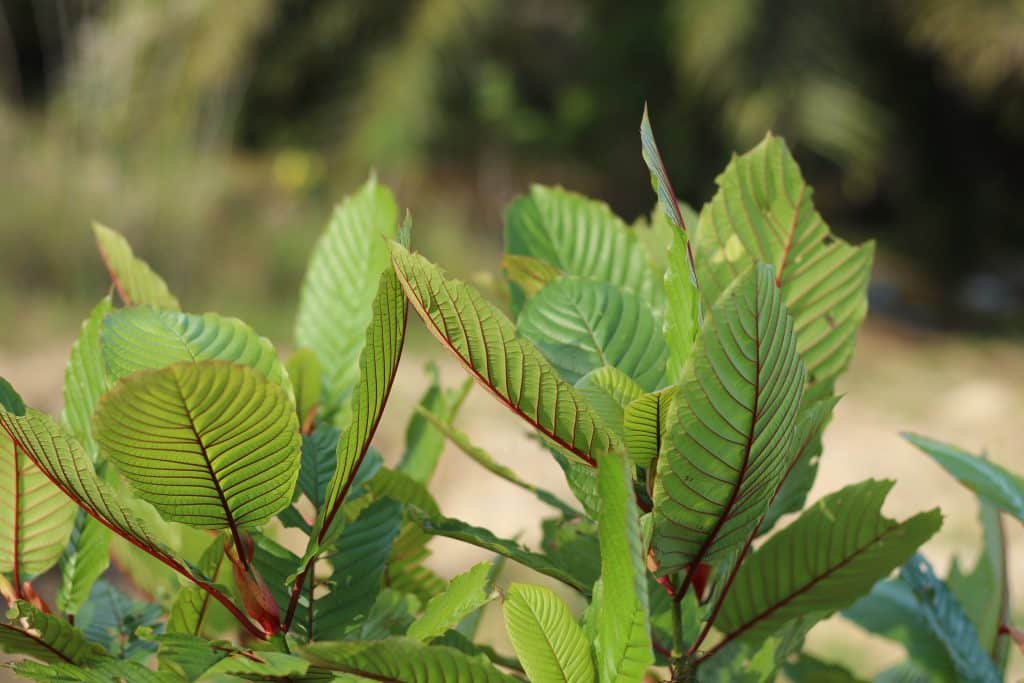
Harvesting & Drying Kratom
If you’re growing your own kratom, you will want to know how to harvest and process the leaves properly.
For the most part, the leaves that are harvested from a kratom tree are red-veined. Younger leaves can have white veins, and middle-aged trees can have green veins.
Removing the Leaf Veins & Stems
Not all kratom farmers recommend destemming your kratom. While it’s true that removing the stem can allow you to produce a finer and less grainy kratom powder, it might affect the qualities of the final product.
Generally speaking, leaving the stems will create a more stimulating kratom powder than if you were to remove them.
If you want a more sedative kratom, you can easily split the leaves down the middle, leaving behind the hard middle vein with the stem. Toss this part out.
The Fermentation Process
Fermenting kratom leaves is how you really start to make a difference in the alkaloid profile. Traditionally, this can be done by sticking your freshly harvested kratom into a burlap sack and letting it sit in a warm, dark environment for a few days.
Technically speaking, this process isn’t fermentation. Fermentation usually implies the activity of microorganisms that convert elements from the leaves into something else (such as alcohol). This process is a little bit different.
When you harvest fresh kratom, the leaves remain alive for a few days. As they continue to live, chemical processes take place that changes the alkaloid profile of the leaves.
More specifically, it primarily encourages the conversion of mitragynine (a stimulating alkaloid) into 7-hydroxymitragynine (a more sedating alkaloid).
This process stops when the leaf is dried — causing all the remaining cells in the leaves to die.
Some people like to allow the leaf chemistry to continue changing for a day or two after harvest — which is the process of fermentation. Others prefer to maintain the initial chemical profile by drying them right away.
In essence, if you want your kratom to be more sedating, clump the fresh leaves in a burlap sack (or another bag with good airflow) and leave it for a day or two before moving to the next step.
If you prefer your kratom to be more stimulating, dry it out right after harvesting.

Drying The Leaves
The next step is to dry the leaves. You can use a dehydrator or simply leave them out on a plate with a piece of paper towel for a day or two.
Drying kratom outdoors is usually quite a lot easier than drying it indoors. All you need to do is spread the kratom out into a thin layer and let it sit in the sunlight in an area with good air circulation.
Of course, don’t do this if it’s wet or rainy unless you want your kratom to mold.
Sunlight helps to get rid of mold and mildew and thus reduces some of the risks associated with drying indoors.
Crushing & Powdering Your Dried Kratom Leaves
Once your kratom leaves are fermented and dried, they can be crushed into a fine powder.
Traditionally, this was done with a mortar and pestle, but you can also use a blender or coffee grinder to speed up the process.
Aim to get the powder as fine as possible. It should be similar to flour when it’s done.
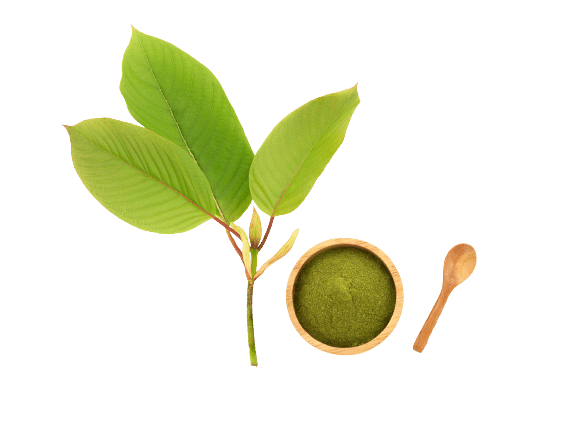
Benefits of Growing Your Own Kratom
You might want to grow your kratom plant for plenty of reasons. As it stands, almost all the kratom consumed in the United States is imported. This can create a number of challenges for kratom users, most of which are solved by growing your own.
Here are a few of the most common reasons that people want to grow kratom themselves.
1. You Can Save Money
If you’re regularly importing kratom, then you can probably save a fair bit of money growing your own. Growing plants allows you to produce an annual yield. Grow enough of them, and you can supply yourself throughout the year without ever having to purchase kratom again.
That said, there are some factors to consider. Firstly, it takes at least a couple of years before your kratom tree will begin producing enough leaves for you to use. Until then, you’ll have to continue using your regular kratom vendor.
Secondly, if you don’t live somewhere warm or tropical, it might not actually be cheaper to grow your own kratom. The cost of creating an environment for kratom to thrive in can be expensive, requiring greenhouses, lots of water, heat, and so on.
2. It’s a Good Way to Learn About the Kratom Plant
There’s no better way to truly understand a particular plant than to grow it yourself. Even if you don’t get your tree big enough to prevent you from having to order kratom online, you’re going to get a new appreciation for the herb by culturing it at home.
3. You Know What’s In Your Kratom
Some kratom vendors pride themselves on offering third-party lab results. These test results showcase what’s in the product that they’re shipping out to their customers.
However, the majority of kratom vendors don’t do this. Third-party lab tests are expensive. Most vendors prefer to simply import their kratom and flip it for a small profit. Very few exporters in Southeast Asia have their kratom tested.
This means you have no idea if there have been any harsh pesticides or added chemicals. By growing the plant yourself, you know exactly what’s been sprayed or applied to the plant before you consume it.
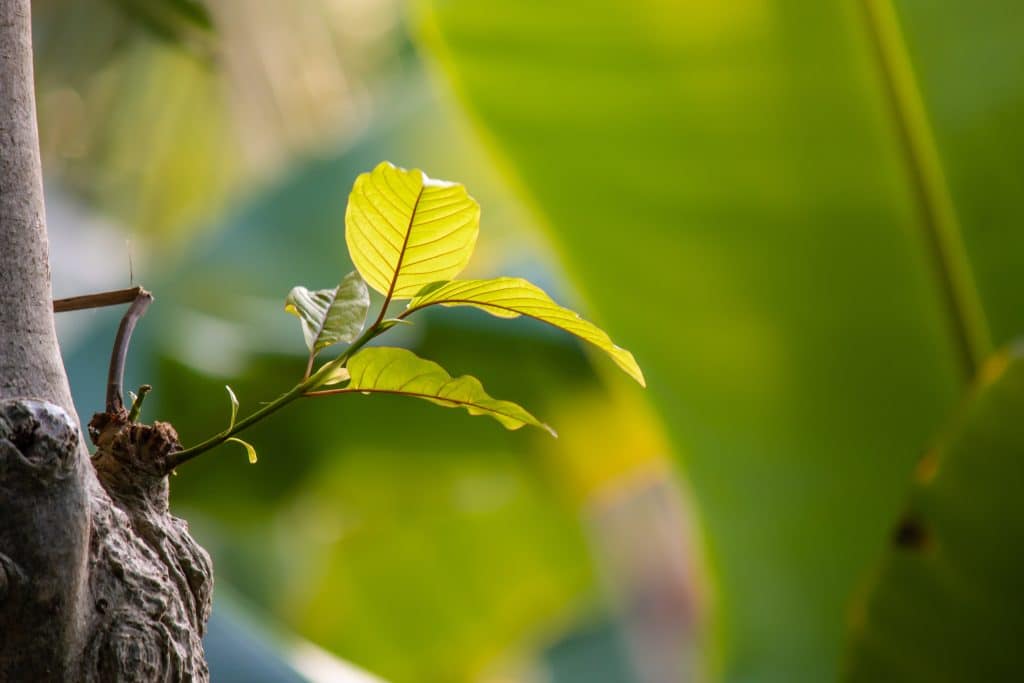
Final Thoughts: The Key To Kratom Growing Success
Growing kratom is by no means easy — and unless you have a lot of space and live in a sultry climate, you’re probably not going to get enough leaves to stop buying it altogether.
However, growing kratom can be an invaluable experience for those dedicated to doing it anyway.
The key to being successful with this plant is to do everything you can to recreate a jungle-growing environment. This means high humidity (over 80%), high heat (over 25ºC), lots of water (but not soaking wet), and lots of light.

